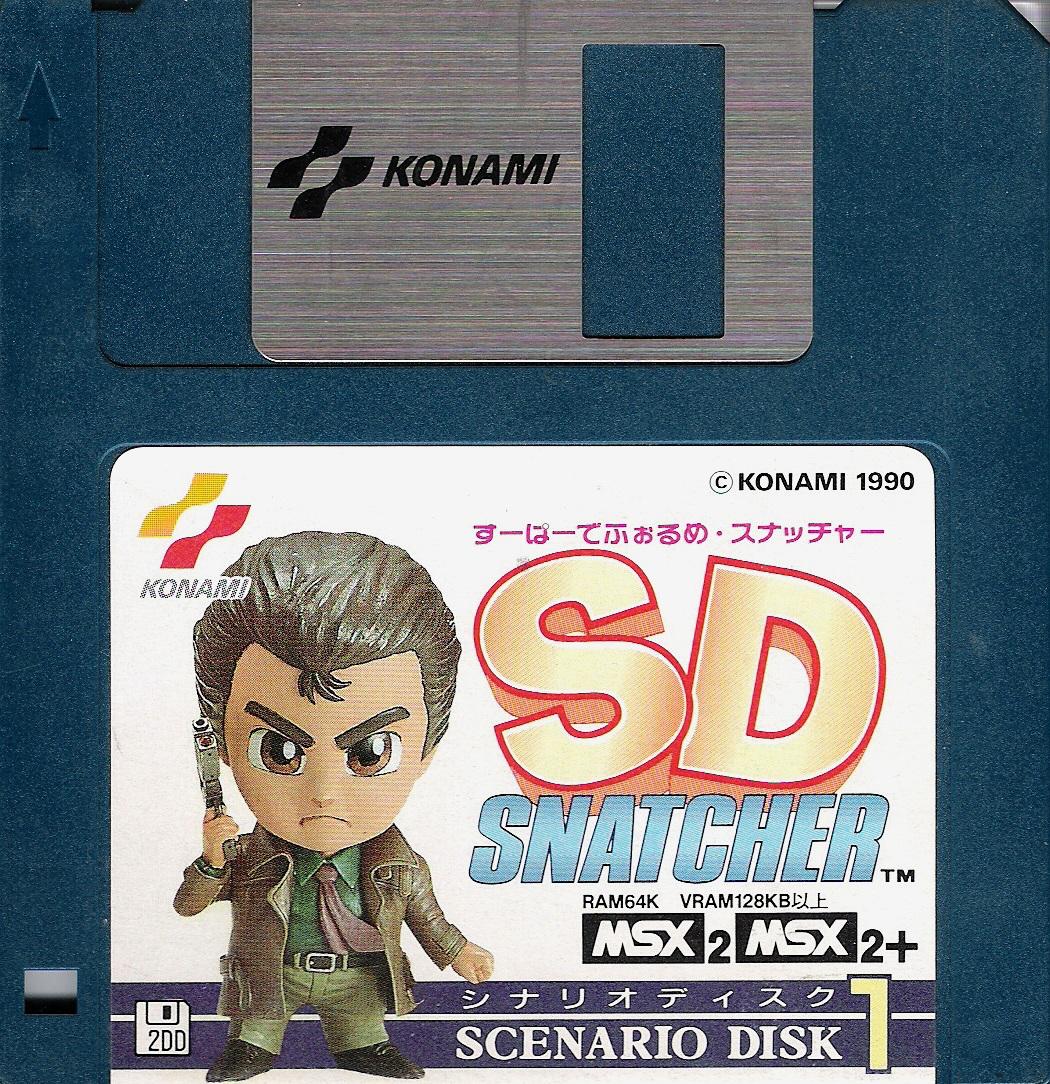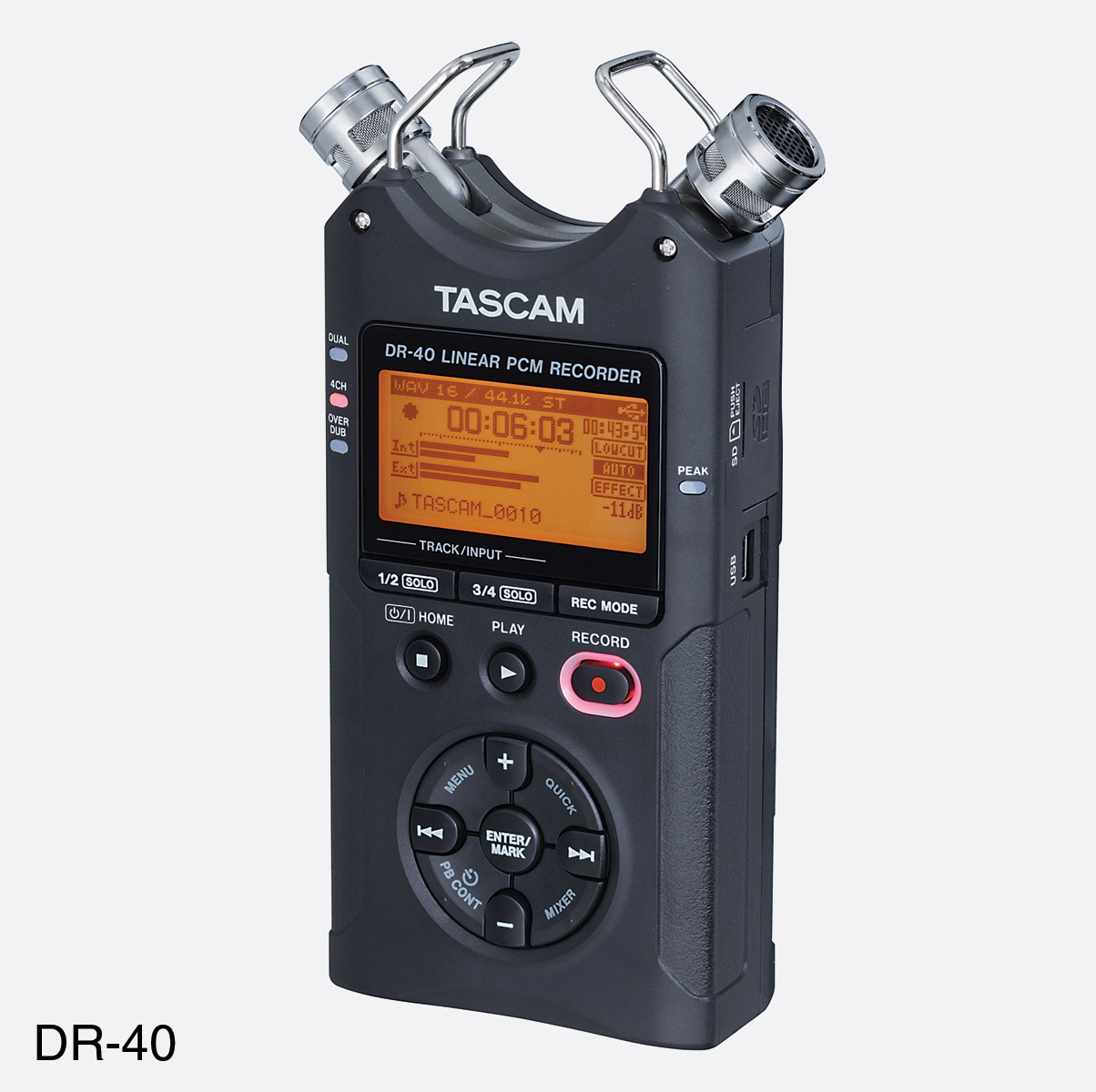
Comments were incorporated by the Chair and Vice-Chair, and the entire committee was asked to approve the final draft. The resulting draft was sent to the entire writing group for comment. Sections were revised and merged by the Chair.

Several conference calls were held to discuss individual sections, focusing on controversial issues. Drafts of summaries and recommendations were circulated to the entire writing group for feedback.
LOOPMAN SD HC MANUAL FULL
Full PubMed searches were conducted of all English language articles regarding relevant human disease treatment from 2009 through August 2013. Each subcategory was led by a primary author, with 1 or 2 additional authors making contributions. These included 15 sections that covered the following: emergency diagnosis and assessment of ICH and its causes hemostasis and coagulopathy blood pressure (BP) management inpatient management, including general monitoring and nursing care, glucose/temperature/seizure management, and other medical complications procedures, including management of intracranial pressure (ICP), intraventricular hemorrhage, and the role of surgical clot removal outcome prediction prevention of recurrent ICH rehabilitation and future considerations. The writing group met by phone to determine subcategories to evaluate. Differences from recommendations in the 2010 guideline are specified in the current work.
LOOPMAN SD HC MANUAL UPDATE
The development of this update was purposely delayed for 1 year from the intended 3-year review cycle so that results of 2 pivotal phase 3 ICH clinical trials could be incorporated.

This document serves to update the last ICH guidelines published in 2010, 2 and the reader is referred to these guidelines for additional relevant references not contained here.

Also, this guideline is generally concerned with adults, with issues of hemorrhagic stroke in children and neonates covered in a separate American Heart Association scientific statement on “Management of Stroke in Infants and Children.” 5 1, 3, 4 Ongoing studies are not discussed substantively because the focus of this guideline is on currently available therapies however, the increase in clinical studies related to ICH is encouraging, and those interested may go to for more information. To make this review brief and readily useful to practicing clinicians, background details of ICH epidemiology are limited, with references provided for readers seeking more details. 2 Another equally important purpose is to remind clinicians of the importance of their care in determining ICH outcome and to provide an evidence-based framework for that care. One is to provide an update to the last American Heart Association/American Stroke Association ICH guideline, published in 2010, incorporating the results of new studies published in the interim. 1 This suggests that excellent medical care likely has a potent, direct impact on ICH morbidity and mortality. Population-based studies show that most patients present with small ICHs that are readily survivable with good medical care. Although ICH has traditionally lagged behind ischemic stroke and aneurysmal subarachnoid hemorrhage in terms of evidence from clinical trials to guide management, the past decade has seen a dramatic increase in studies of ICH intervention.

Spontaneous, nontraumatic intracerebral hemorrhage (ICH) remains a significant cause of morbidity and mortality throughout the world.


 0 kommentar(er)
0 kommentar(er)
